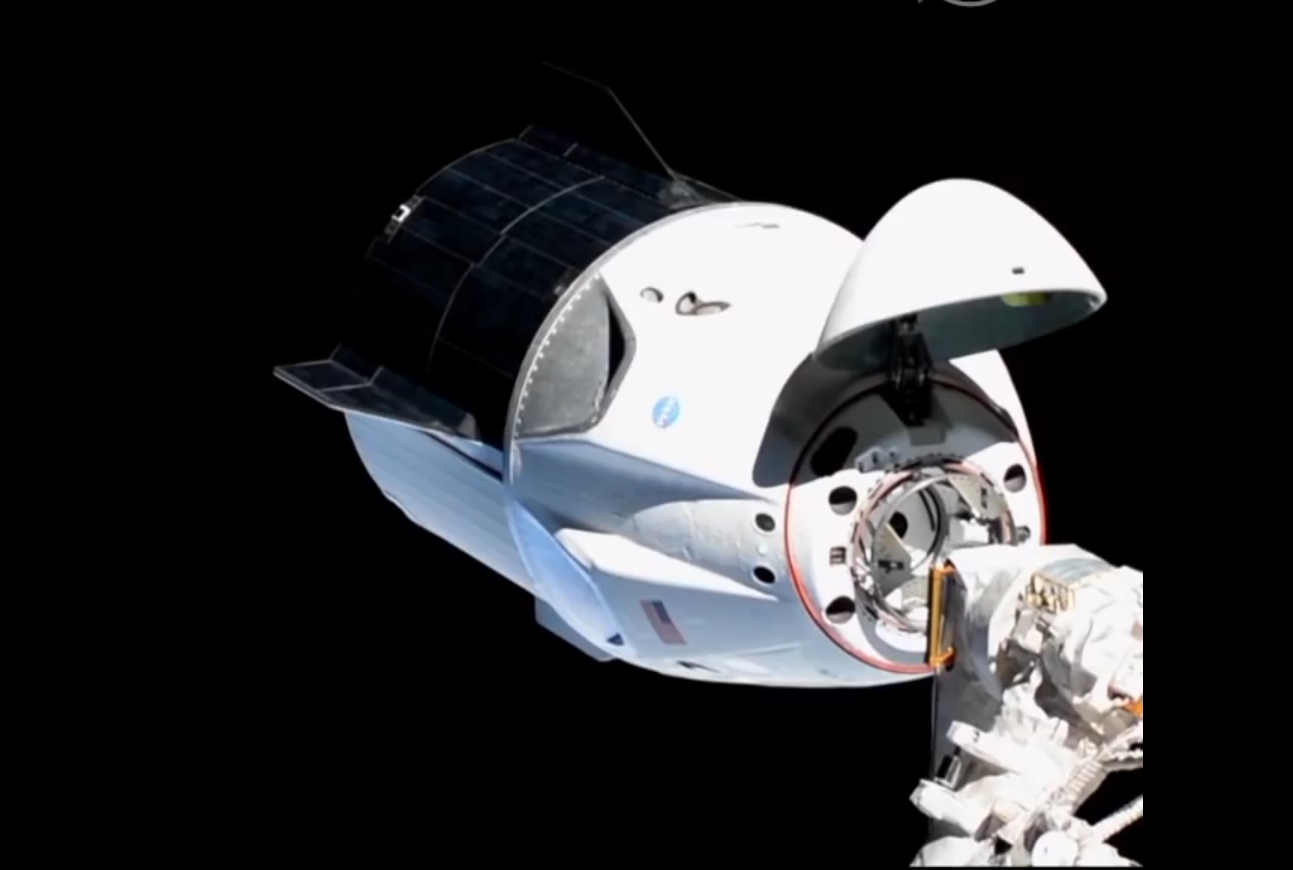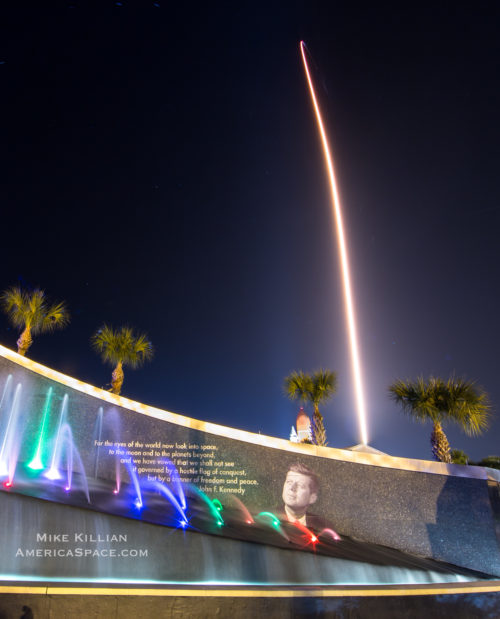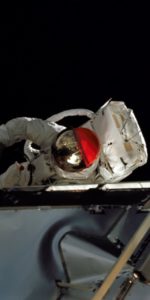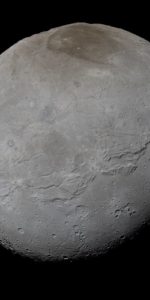
Early this morning, after making 18 orbits of the Earth and 27 hours after launch, the first SpaceX Crew Dragon capsule arrived and docked to the International Space Station (ISS).
In doing so it not only marked the first time an American spacecraft has ever autonomously docked to the ISS, but also checked off another huge milestone on the critical ‘Demo-1’ mission towards SpaceX vehicles becoming certified to fly humans.

As the spacecraft approached, it demonstrated its automated control and maneuvering capabilities by arriving in place at about 492 feet (150 meters) away from the station, then reversed course and backed away to 590 feet (180 meters) before the final docking sequence from about 65 feet (20 meters) away.
As outlined in our launch report by Ben Evans, rendezvous carried some similarities and some differences from previous cargo Dragon missions. Those flights typically approached the station from “below”, along the so-called “R-Bar” (“Earth Radius Vector”), which allowed them to utilize natural gravitational forces and braking and reduced the need for excessive thruster firings.
Crew Dragon also approached from below, but then moved “ahead” of the ISS, moving onto the “V-Bar” (“Velocity Vector”) to achieve a final approach and docking.
“You minimize risk and maximize abort chances when you’re doing minimal maneuvering while close to the station,” said NASA Public Affairs’ Dan Huot.
NASA anticipated nine thruster “burns” from orbit insertion through to the final approach initiation-midcourse burn, occuring at a point 1.5 miles (2.5 km) “below” and 4.3 miles (7 km) “behind” the ISS. “Final major rendezvous burn is the approach initiation burn,” Mr. Huot explained, “which occurs while still outside the approach ellipsoid.”
The spacecraft successfully attached to the station’s Harmony module forward port via “soft capture” at 5:51 a.m. EST, while traveling at 17,500mph and more than 250 miles over the Pacific Ocean, just north of New Zealand.
It also marked the first time a spacecraft has used the station’s new international docking adapter, which was delivered on a Cargo Dragon via mission CRS-9 and installed by spacewalkers in August 2016 (read all about that HERE).
The spacecraft completed its hard dock at 6:02 a.m EST, followed by standard leak checks and pressurization before NASA astronaut Anne McClain, David Saint-Jacques of the Canadian Space Agency, and Russian cosmonaut and Expedition 58 commander Oleg Kononenko opened the hatch between Crew Dragon and the orbital laboratory at 8:07 a.m. EST over the northern Atlantic Ocean.
“A new generation of space flight starts now with the arrival of SpaceX’s Crew Dragon,” said NASA Administrator Jim Bridenstine. “Congratulations to all for this historic achievement getting us closer to flying American Astronauts on American rockets.”
David Saint-Jacques was actually the first person to ever enter a Crew Dragon in space, and was followed immediately after by Oleg Kononenko, both of whom started work taking atmospheric readings and unloading some payload, while wearing protective gear to avoid breathing particulate matter that may have shaken loose during launch.
The 3 crew members then held a ceremony to celebrate the achievement, each saying a few words, before Anne McClain floated in and became the first American inside a Crew Dragon in space.
“These amazing feats show us not how easy our mission is, but how capable we are of doing hard things,” said McClain. “Welcome to the new era of spaceflight.”
During its five days linked to the ISS, Crew Dragon will be subjected to external photo-documentation, via Canadarm2, and internal inspections by the Expedition 58 team, who will focus specifically upon its habitability and the condition of its windows.
Some 400 pounds (180 kg) of supplies and equipment were delivered, packed behind the Crew Dragon’s seats in a designated cargo area and included a set of radiation monitors, together with cold bags for returning science specimens and assorted crew supplies, which include clothes, hygiene items and food for the crew.
Hatch closure will occur around midday EST on Thursday, 7 March, after which the spacecraft will undock from the ISS at about 2:30 a.m. EST on Friday 8th. It will perform a deorbit burn several hours later, with a targeted splashdown point in the Atlantic Ocean, a couple hundred miles off Florida, at around 8:45 a.m. EST.
The early-hours landing is dictated in part by the requirement for adequate lighting conditions at the splashdown point, to enable satisfactorily observation of parachute deployment and Crew Dragon recovery operations.
Meanwhile, the rocket which launched the spacecraft is sailing back to Cape Canaveral, and assuming no major issues pop up is expected in port as soon as Monday afternoon or Tuesday.
.
.
FOLLOW AmericaSpace on Facebook and Twitter!
.
.






The photo reminds me of the “pods” in the movie “2001.”